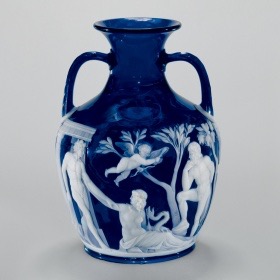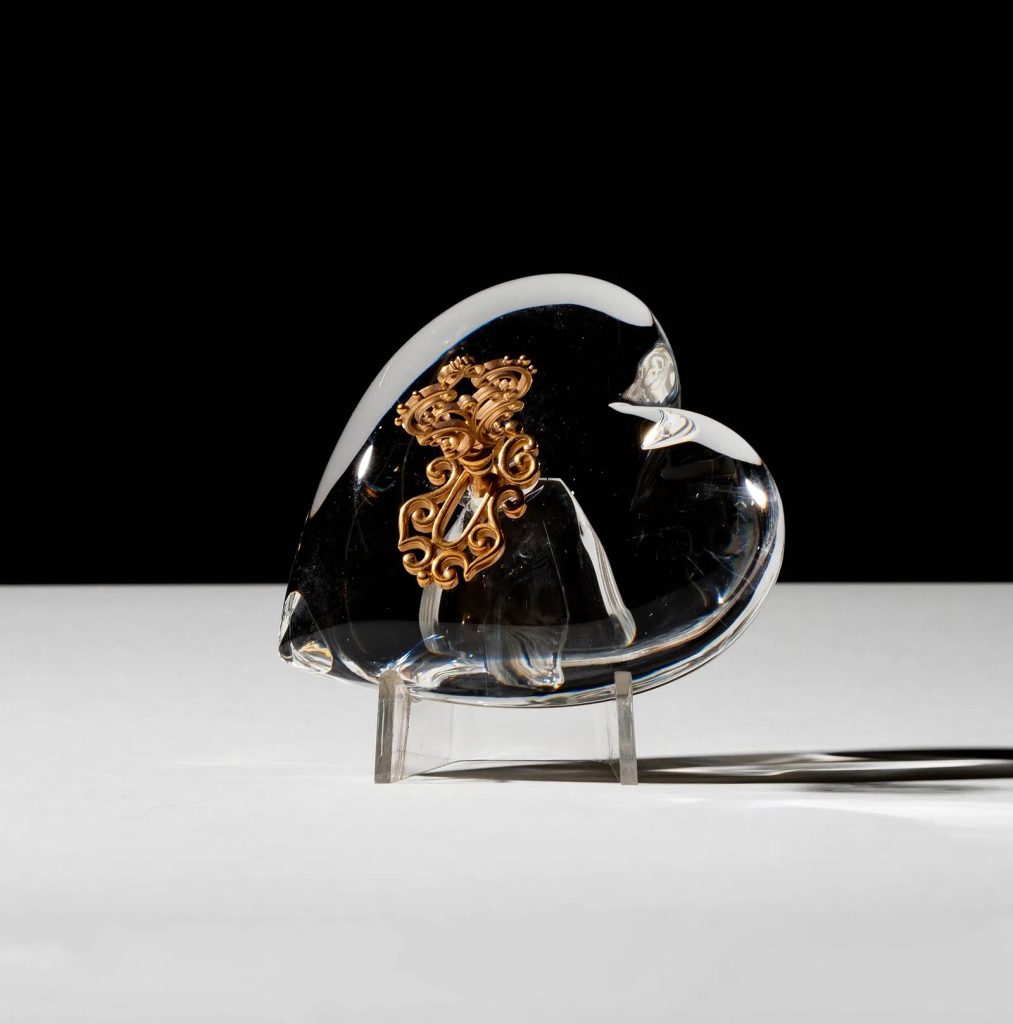It’s Membership Renewal Time!
Oct 15, 2025
Issue 3769
Happy October! We are officially kicking off our membership renewal drive for 2026. Please support the Carder Steuben Glass Association by renewing your membership (or, of course, joining for the first time).
Club membership dues are the main source of funding that enables us to keep the website active, bring the Gazelle Gazettes to your inbox, and support our organization’s mission to encourage the knowledge, appreciation, and love of Steuben glass. We couldn’t do all of this without the support of our association members.
The dues of $35 for one person, or $55 for a two-person household will keep you as active members through December 31, 2026. It’s easy to renew online by visiting the CSGA website here. Please take a moment and renew your membership today!
ENGLISH CAMEO GLASS
We enjoyed a great presentation from this year’s symposium. Elizabeth Creech wrote the following summary for the Gazette.
Dr. Vic Weinstein began his presentation on English cameo glass with the story of the historic Portland Vase, its discovery in 1582 and its influence on artistic glassmaking in 19th century England. The Roman era vase is considered to be an early masterpiece of cameo carved glass (although there is a recent theory being offered that the white decoration on the dark blue glass vase could have been applied). Cameo glass is characterized by two or more layers of cased glass of differing colors, the outer layers being carved through to reveal the background color. Legend has it that it was his first look at the Portland Vase that inspired a young Frederick Carder to choose a glassmaking career. During his tenure at Stevens & Williams, he did, in fact, produce designs for many English cameo pieces.
Interest in cameo carved glass in England was first piqued when Richardson’s Glass Works offered a ₤1000 prize to the first person who could successfully produce a replica of the Portland Vase in glass. After devoting several years to the project, John Northwood won the prize in 1876. The exhibition of his vase stimulated a sudden demand for cameo carved glass. Stourbridge area firms—notably Northwood, Richardson’s, Stevens & Williams and Thomas Webb & Sons—responded to the demand and became the principal producers of multilayered glass carved into intricate patterns and designs.
English Cameo glass was expensive to produce, beginning with the difficulties of working with different colors of glass having different coefficients of expansion. Although the Stourbridge glassmakers developed techniques to make its production somewhat more efficient (including using acid to carve away excess glass and using x-ray to discover location of bubbles produced during production), cameo carved glass remained expensive. Cheap imitations with painted or enameled decoration began to appear, tastes in home décor began to change, and the market for English cameo glass virtually disappeared early in the 20th century.
Vic illustrated his talk with beautiful images of more “functional” pieces, e.g., vases, pitchers, bowls, inkwells, lamps and cologne bottles, as well as plaques and chargers produced only for artistic display. Many of the latter, like the Portland Vase itself, depict classical scenes with exquisitely detailed mythological figures, while others have botanical themes, also in intricate detail. Symposium attendees were able to see some of these in the current CMOG special exhibition entitled Brilliant Color. Today, there are few glass artists anywhere attempting to produce cameo carved glass. The known exception is an artist in Stourbridge—Terri Louise Colledge–who is carrying on the tradition, using sandblasting and a dental drill as her primary carving tool!
AUCTION NEWS: THE LEGENDARY COLLECTION OF BOB & GINNIE NEWHART
Abell Auction Company held the auction of comedian and television star Bob Newhart on October 14th, which included modern Steuben Glass. Check out the auction site to see what “Professor Proton” liked! It’s always interesting to see what others appreciated.





